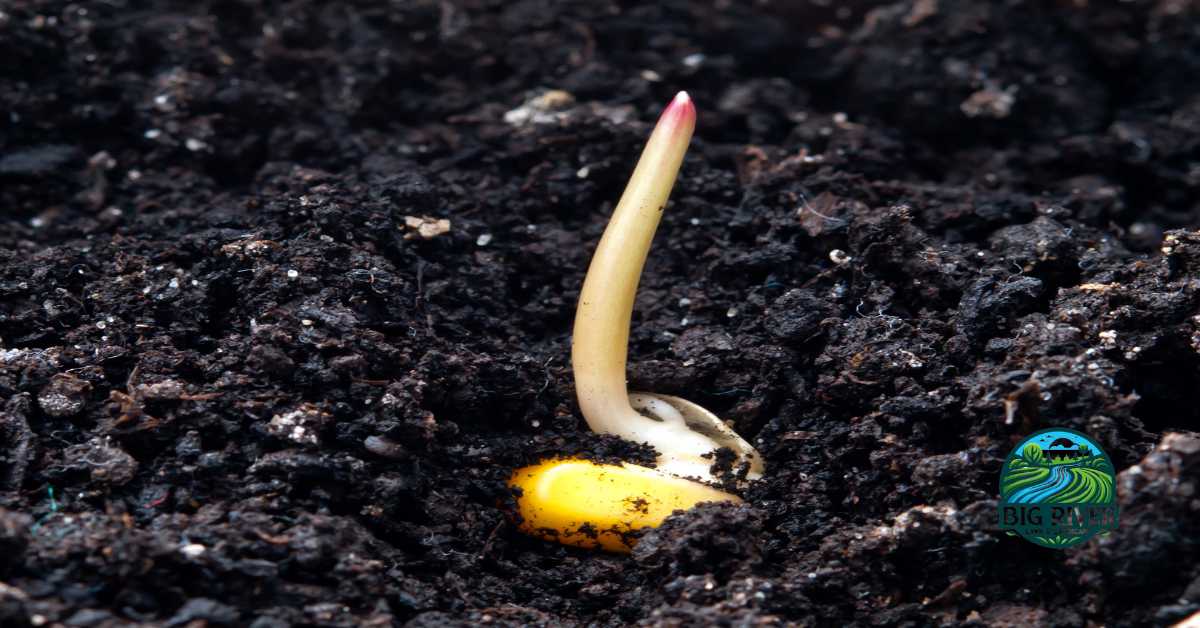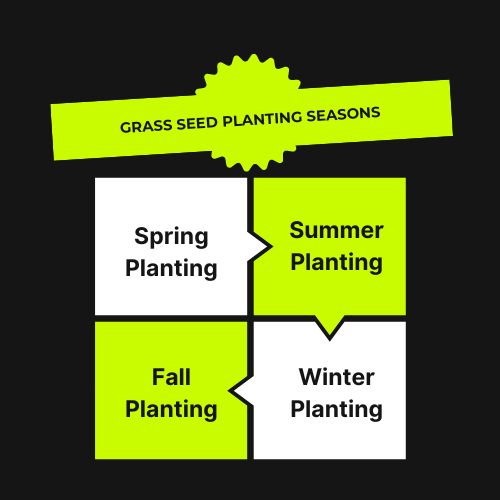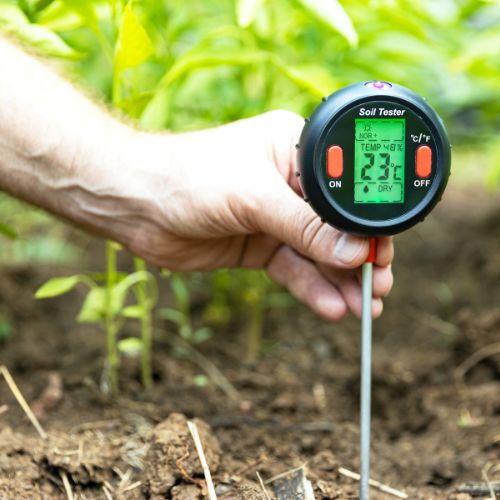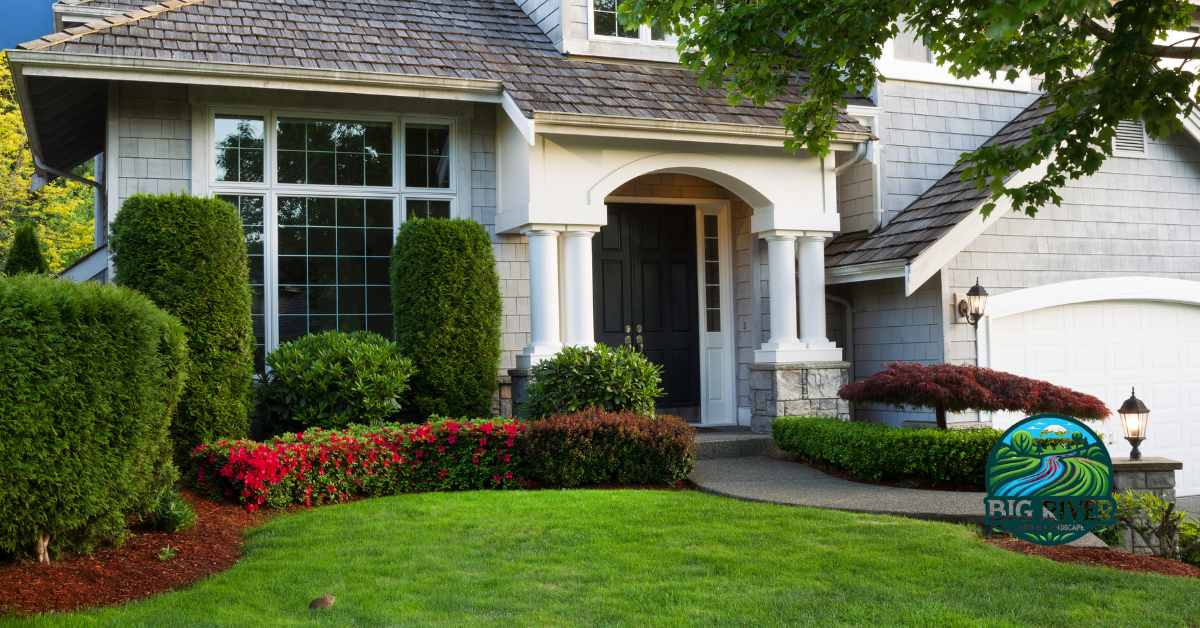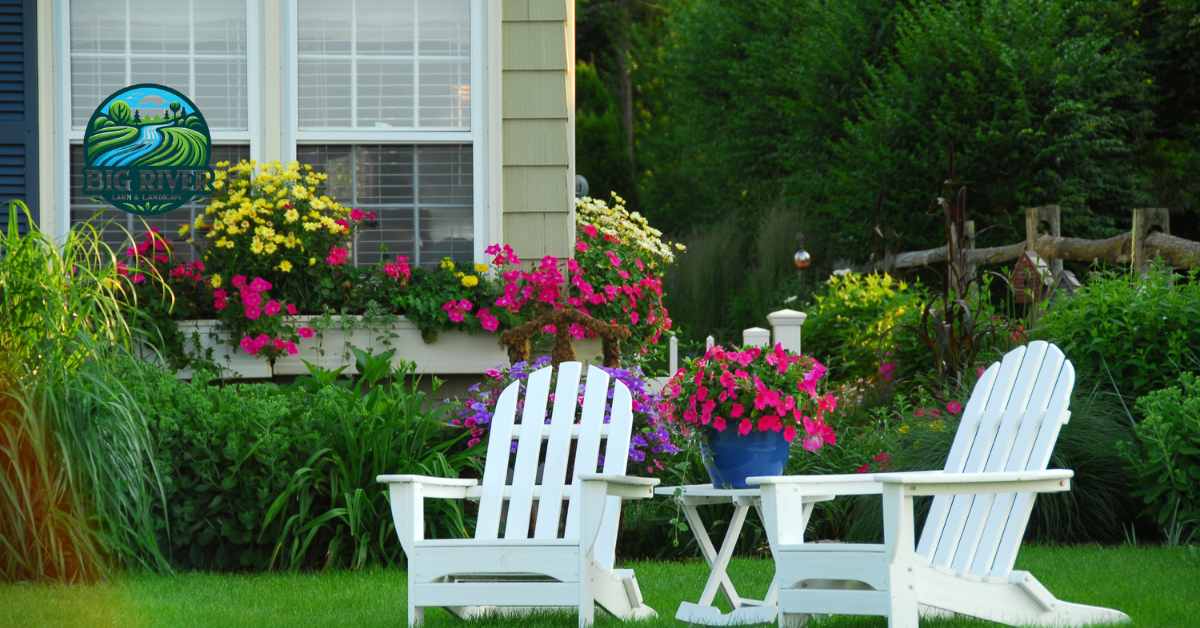Understanding the right temperature for grass seed germination is crucial for any gardener or homeowner aiming to achieve a lush, healthy lawn. This guide will help you determine the best times and conditions for planting your lawn seed, ensuring optimal growth and vitality throughout the year. By aligning your planting schedule with the right temperature conditions, you maximize germination rates and overall lawn health.
Importance of Understanding Grass Seed Germination Temperature
Grasping the concept of germination temperature is essential as it directly influences the growth cycle of your lawn. This section will help clarify what germination temperature is, its optimal range, and the factors that affect it, providing you with the knowledge needed to begin your lawn care journey successfully. Let’s begin:
What Is Germination Temperature?
Germination temperature refers to the specific range of temperatures within which grass seeds can sprout and begin to grow. This temperature range is vital for activating the seeds’ growth mechanisms. Knowing the germination temperature for grass seeds helps in planning the planting schedule to ensure successful growth.
Optimal Temperature Range for Grass Seed Germination
Grass seed germination temperatures generally fall between 50°F and 65°F. Within this range, seeds can effectively absorb water, oxygen, and nutrients, which are essential for sprouting. It’s important to plant when the temperature aligns with these requirements to optimize germination.
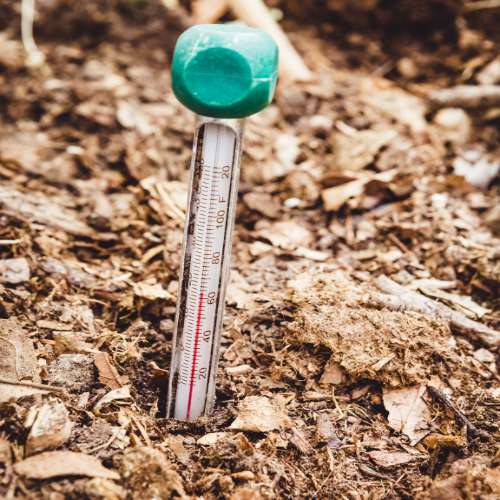
Factors Influencing Germination Temperature
Various factors, including soil type, moisture levels, and sunlight exposure, can significantly influence the effective germination temperature for lawn seeds. Local climate conditions can also alter these factors, making it necessary to adapt planting strategies accordingly.
Seasonal Guide to Grass Seed Planting
As the seasons change, so too does the optimal time for planting grass seed, a crucial step for anyone looking to cultivate a lush, vibrant lawn. Understanding the unique demands of each season can significantly enhance your grass’s growth potential, whether you’re starting a new lawn or revitalizing an existing one.
Spring Planting
Fescue and Kentucky bluegrass are ideal for cooler climates, and the perfect temperature range for spring planting is 60°F to 75°F. Ensure consistent soil moisture and use starter fertilizers to encourage strong root development. It’s the best time to seed a lawn before the full heat of summer sets in.
Summer Planting
High temperatures can stress grass seedlings. Planting grass seed in summer requires choosing heat-tolerant varieties like Bermuda grass or centipede grass. Zoysia and centipede grass seed heads are best suited for warm conditions. Ensure proper watering techniques to keep the soil temperature optimal for growth.
Fall Planting
Cooler temperatures and fewer weeds make fall ideal for grass seed planting. Optimal temperature conditions for fall planting are 50°F to 65°F, which is the best temperature for planting grass seed during this season. Tall fescue and perennial ryegrass thrive in fall conditions. This season allows the grass to flourish before the cold sets in.
Winter Planting
Most grass types struggle in cold temperatures, so it’s hard to grow grass in winter. Some cool-season grasses, like fescue, can be planted in mild winter regions. Mulching and choosing the right timing can help pre-germination of grass seed and growth in winter. Planting grass seed and lawn seed in winter is feasible if you choose the correct species and employ protective measures.
Monitoring and Adjusting Temperature
When cultivating medicinal mushrooms, monitoring and adjusting the temperature of the growing environment is crucial for optimal growth and yield. Different species of mushrooms require specific temperature ranges to thrive, making it essential to maintain consistent and appropriate conditions throughout the growth cycle. Let’s monitor:
Tools for Monitoring Soil Temperature
Using soil thermometers can help you determine the current soil temperature, which is crucial for deciding when to plant. Regular monitoring can help prevent the negative impacts of sudden temperature drops or spikes on seed germination.
Techniques for Adjusting Temperature
Using mulches or black plastic can help raise soil temperatures, while irrigation can help cool down overheated soils. These adjustments are vital for maintaining the ideal temperature for grass seed germination.
Importance of Ongoing Temperature Management
Consistent monitoring and adjusting of soil temperatures ensure that your grass seeds have the optimal environment to thrive. Temperature management becomes particularly crucial when temperatures are not within the typical range for seed germination.
Troubleshooting Germination Issues
Common Germination Problems Related to Temperature
Extremes of cold or heat can prevent grass seeds from germinating effectively and may kill the grass seed. Inappropriate temperatures can lead to poor seedling vigor and increased susceptibility to diseases.
Strategies for Overcoming Temperature-Related Challenges
Adjust planting times or use germination aids like growth blankets to protect seeds from temperature extremes. Techniques like soaking the seeds to pre-emerginate grass seeds can also be beneficial in challenging conditions.
When to Seek Professional Assistance
If persistent issues arise, consulting a landscaping expert can provide tailored solutions to unique lawn challenges. Professional advice is invaluable when typical remedies do not resolve germination issues.
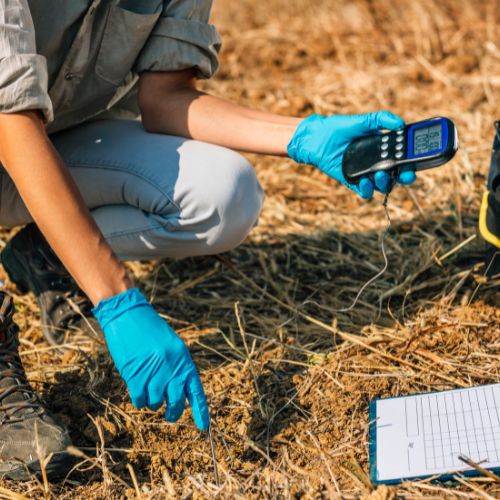
Final Thoughts on Grass Seed Germination Temperature
Understanding and managing the germination temperature for grass seed is key to successful lawn establishment and maintenance. By choosing the right times to plant based on seasonal temperature variations and carefully monitoring soil conditions, you can enhance your lawn’s health and longevity. Remember, whether you’re growing grass in winter or summer or questioning, “Is it too late to seed my lawn,” the answer lies in understanding the right temperature conditions for your specific grass type. Ongoing management and adaptation to local conditions will ensure the best outcomes for your lawn.
Grass Seed Germination Temperature FAQ’s
Can You Plant Grass Seed in the Winter?
Generally, planting grass seed in winter is not recommended. Grass seed usually requires warmer temperatures to germinate effectively. However, in some mild climates or with certain grass types adapted to cold, dormant seeding can be done in late fall or early winter.
What Temperature Does Grass Seed Germinate?
Grass seed typically germinates best when soil temperatures are between 50°F and 65°F (10°C to 18°C). Different grass types may have slightly varying temperature preferences.
When to Plant Fescue?
The best time to plant fescue, a cool-season grass, is in early fall. This timing allows it to be established before winter. Spring is the second-best planting time, avoiding the summer heat, which can stress the young grass.
What Temperature Kills Grass Seed?
Extreme temperatures can be harmful. Temperatures below freezing (32°F/0°C) or above 85°F (29°C) can damage or kill grass seed before it germinates or after it has started to grow.
How to Protect Grass Seed from Birds?
To protect grass seeds from birds, cover the seeded area with a light layer of straw or use a seed-starting mat. Another effective method is to use visual deterrents like reflective tapes or decoys.
How to Keep Grass Seeds from Washing Away?
To prevent grass seeds from washing away, apply mulch or straw over the seeded area. Additionally, consider using erosion control products like netting or mats, especially on slopes.
Will Grass Seed Survive Winter?
Grass seeds can survive winter if planted late in the fall, a process called dormant seeding. The seeds will remain dormant until the soil warms up in spring. However, success can depend on the severity of the winter and the seed type.

